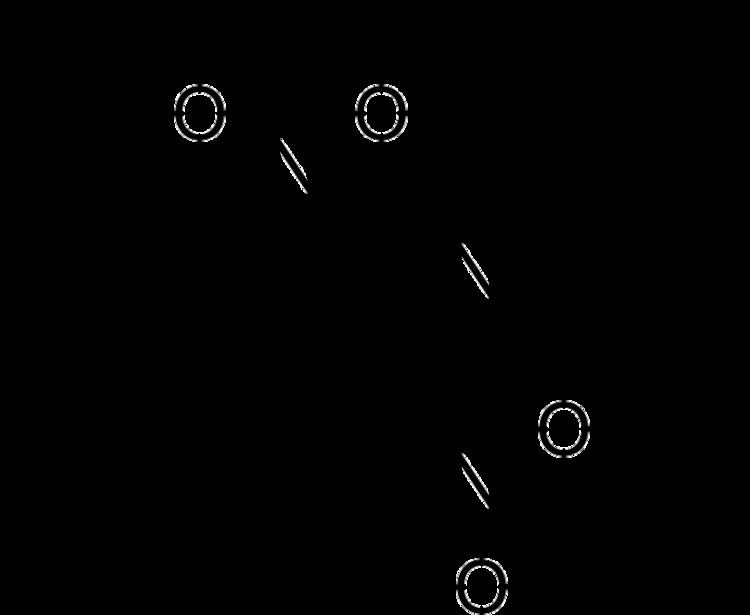Formula C13H16F3N3O4 Appearance Yellow crystals | Molar mass 335.28 g/mol ChemSpider 5368 Pubchem 5569 | |
 | ||
Melting point 46 to 47 °C (115 to 117 °F; 319 to 320 K) | ||
How do you make trifluralin
Trifluralin is a commonly used pre-emergence herbicide. With about 14 million pounds used in the United States in 2001, it is one of the most widely used herbicides. Trifluralin is generally applied to the soil to provide control of a variety of annual grass and broadleaf weed species. It inhibits root development by interrupting mitosis, and thus can control weeds as they germinate.
Contents
Trifluralin has been banned in the European Union since 20 March 2008, primarily due to its high toxicity to fish and other aquatic life.
Trifluralin on oat roots
Environmental behavior
Trifluralin undergoes an extremely complex fate in the environment and is transiently transformed into many different products as it degrades, ultimately being incorporated into soil-bound residues or converted to carbon dioxide (mineralized). Among the more unusual behaviors of trifluralin is inactivation in wet soils. This has been linked to transformation of the herbicide by reduced soil minerals, which in turn had been previously reduced by soil microorganisms as electron acceptors in the absence of oxygen. This environmental process has been reported for many structurally related herbicides (dinitroanilines) as well as a variety of energetic compounds (explosives).
